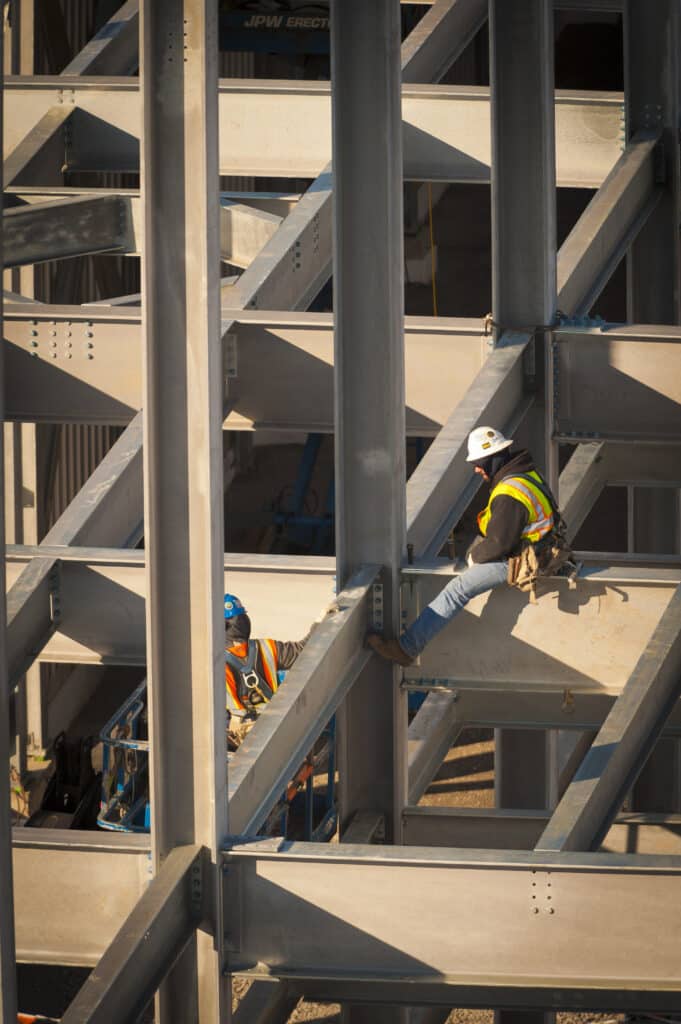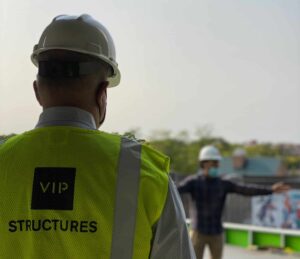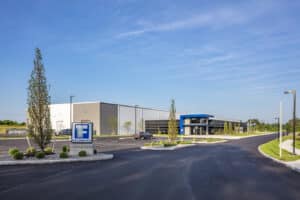One thing is for sure, construction safety should not be taken lightly. Completing building projects on time and on-budget is important for a construction firm, but on-the-job safety should never be put at risk to accomplish those goals. Construction is a high hazard industry and the best construction firms can recognize, address, and eliminate construction-related injuries before they happen.

According to OSHA.gov, over 4,800 workers were killed on the job in 2014 (3.4 per 100,000 full-time equivalent workers.) On average, this is more than 92 per week, or 13 deaths a day. Among the fatalities, 21% were in construction. This means 1 in 5 worker deaths in 2014 were in construction. The leading causes of work fatalities in construction were falls, electrocution, being struck by an object, and being caught in-between objects. These 4 construction safety concerns were the cause of nearly two-thirds (61%) of construction deaths in 2014. Eliminating these 4 safety concerns would save 545 workers’ lives in the United States every year.
Of the top 10 safety violations reported by OSHA in FY2015, 3 were directly related to construction. The first was fall protection (1). The third most frequent was scaffolding (3). And the seventh was ladders (7). These were all directly reporting from construction. Several others were general industry which have overlap in construction safety, including; failing to meet hazard communications standards (2), respiratory protection (4), control of hazardous energy (5), powered industrial trucks (6), electrical (8), machinery (9), and electrical system designs (10). Not unexpected, the construction industry presents a real concern for the safety of its workers.
Here are 7 tips to assist with construction safety management:
Tip 1: It’s a Culture, and it Starts from the Top
As is the case with many company initiatives, the management at the top of your organization must believe in safety in order for it to have ripple effects throughout the workforce. The leaders at the top must not only speak about safety but also act on it. Companies who perform well in this area involve the management team in training sessions and safety meetings. Safety becomes a core value for the company and as a leader in your field, you must embrace it first before you can expect your on-the-job workers to do so.
Tip 2: Be Committed, Always
Safety is one of those core values that is often assumed but not spoken about as much as it should be. A true commitment to safety discourages construction workers from cutting corners or stepping outside of protocol. Commitment is an everyday job duty. Don’t wait until hazards happen on-site in order for the team to refocus on safety. Ensure you are doing everything you can to truly commit to eliminating on-the-job hazards.
Tip 3: Planning and Training
Too often, the construction industry is reactive in its approach. Training sessions should be built into your project design-build process. Addressing potential safety hazards early in the process will help your team make the necessary adjustments in the design to mitigate problems. Training sessions should be mandatory and required for all new and veteran workers on the team. Try to involve the workers in the session to promote engagement. The best time to address a safety concern is before it happens. Likewise, designing safety into the project can be less costly than coming up with solutions during the build. For example, bidding and designing fall protection systems into a roof not only makes the whole project safer, it leaves added value for the end user.
Tip 4: Keep Safety Top-of-Mind
It’s easy to get caught up in your day-to-day work and lose sight of the bigger picture, particularly if you work on the management side of construction. Place signage around the construction site encouraging safety, continually address safety during check-ins and lead by example. Encourage your workers to take ownership of safety and make it everyone’s duty to keep it top-of-mind for others working on the team.
Tip 5: Everyone is Accountable
All workers from management to those in the field need to be held accountable for safety. It’s everyone’s responsibility and the best construction firms in Syracuse, NY consistently enforce this. Some good advice here is to create safety committees for projects. These committees can consist of all levels of roles and titles. Creating safety champions in each department ensures all groups have a voice.
Tip 6: Safety Audits and Checklists
Create self-assessments and checklists to take on the site and evaluate protocol and safety standards. Record any observations outside of what’s listed on the checklist as other potential hazards. This data is crucial in helping the management team address possible concerns. It allows the construction management team to address the priority areas which need to be fixed before issues occur.
Tip 7: Encourage Near-Miss Reporting
A near-miss is a serious concern. Although the accident may have been avoided, it doesn’t mean that the event should go unrecorded. Encourage your employees to notice and recognize these near-misses as crucial incidents which need to be documented. Although it takes additional work, reporting near-misses will prevent a future hazard. Without the report, the same problem is doomed to occur again.



